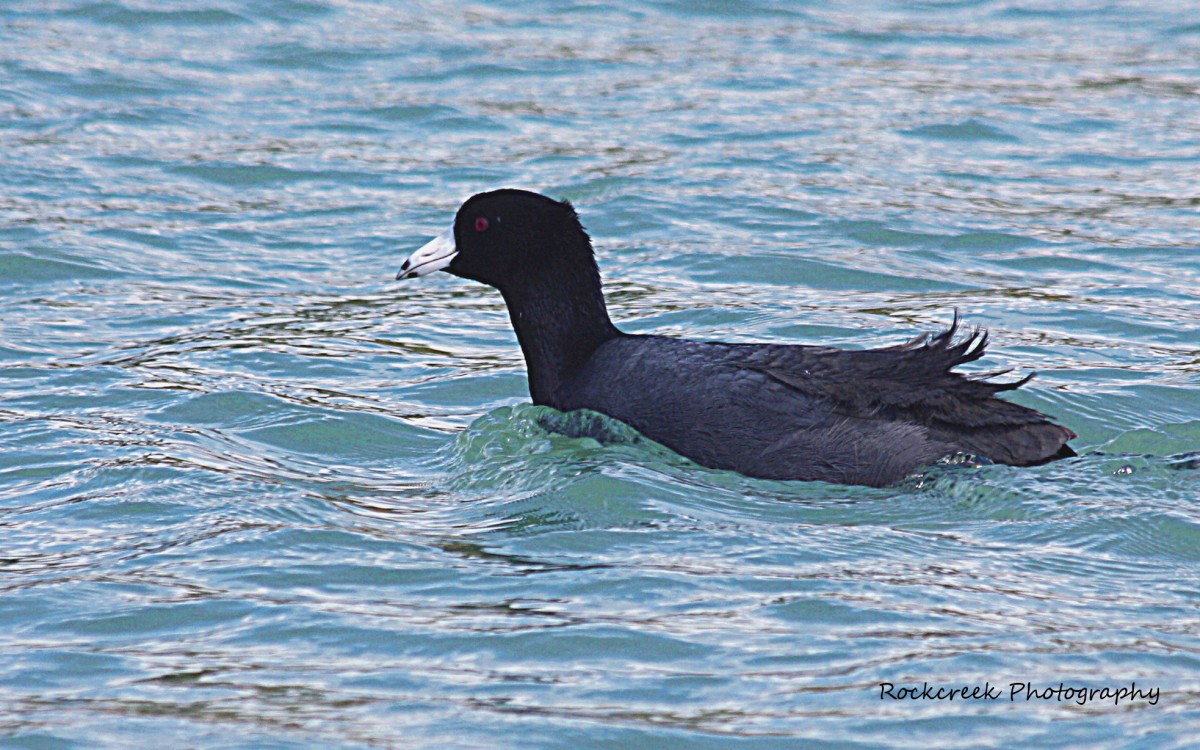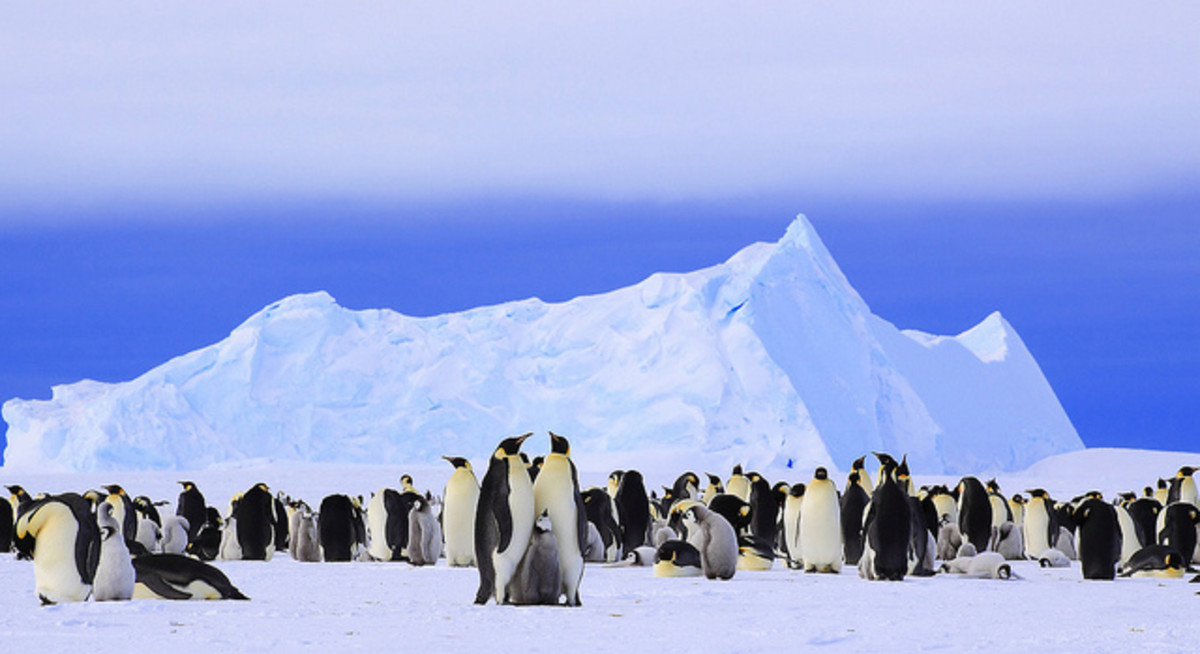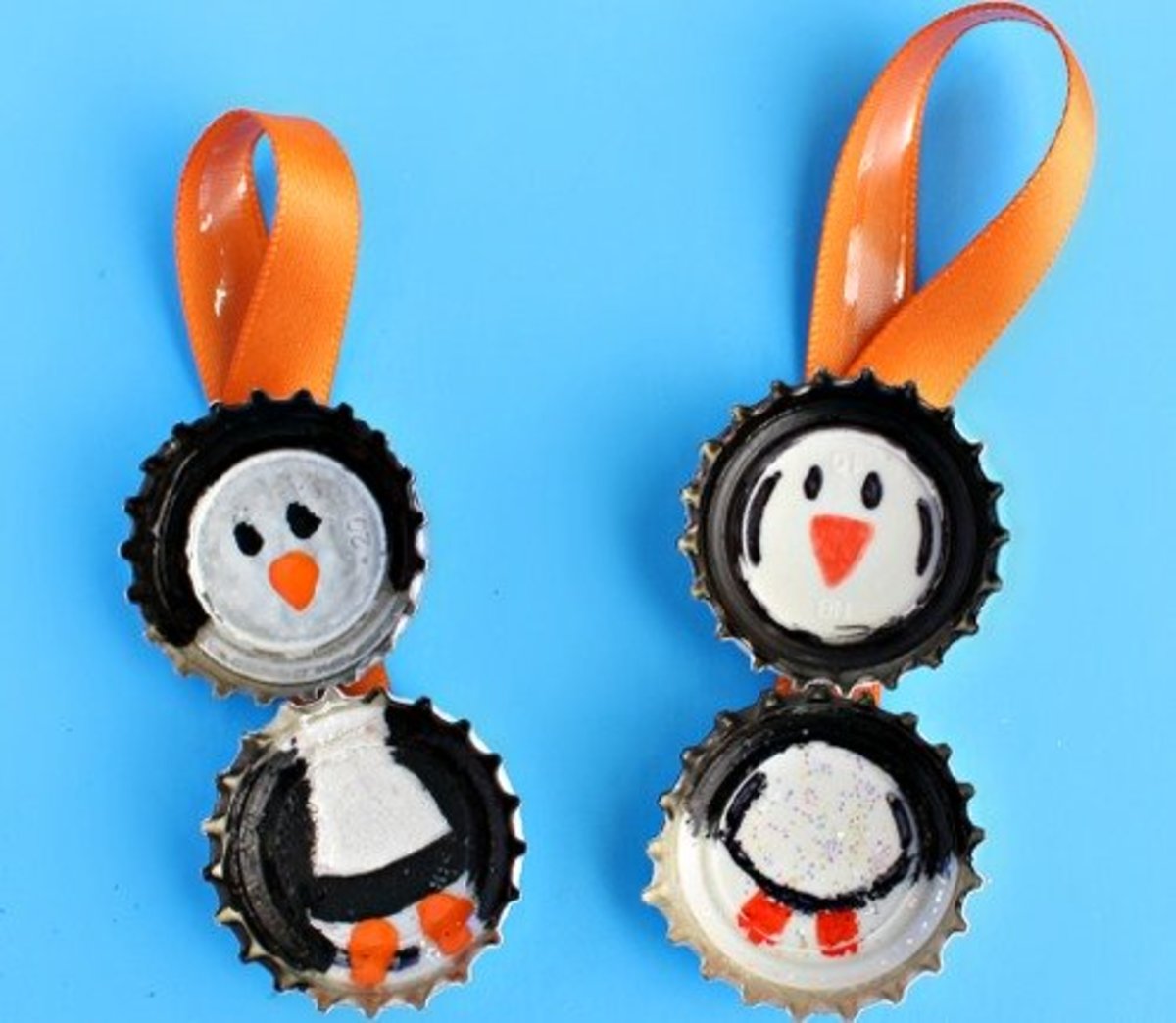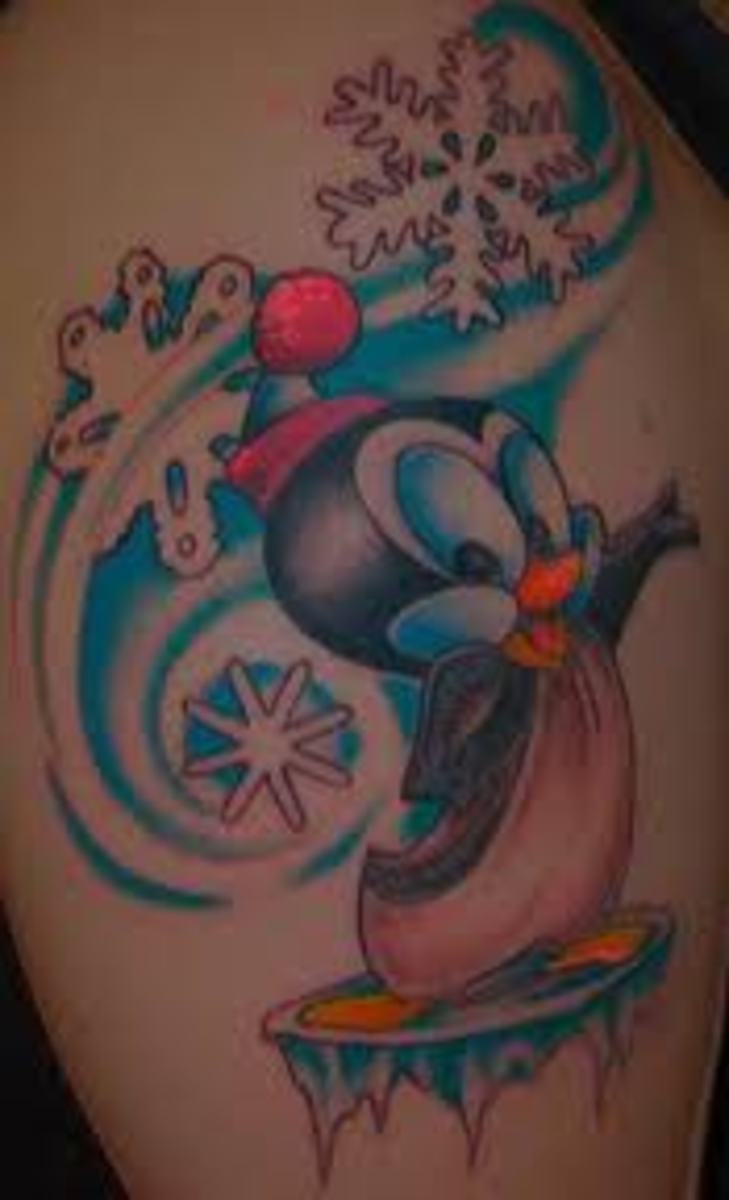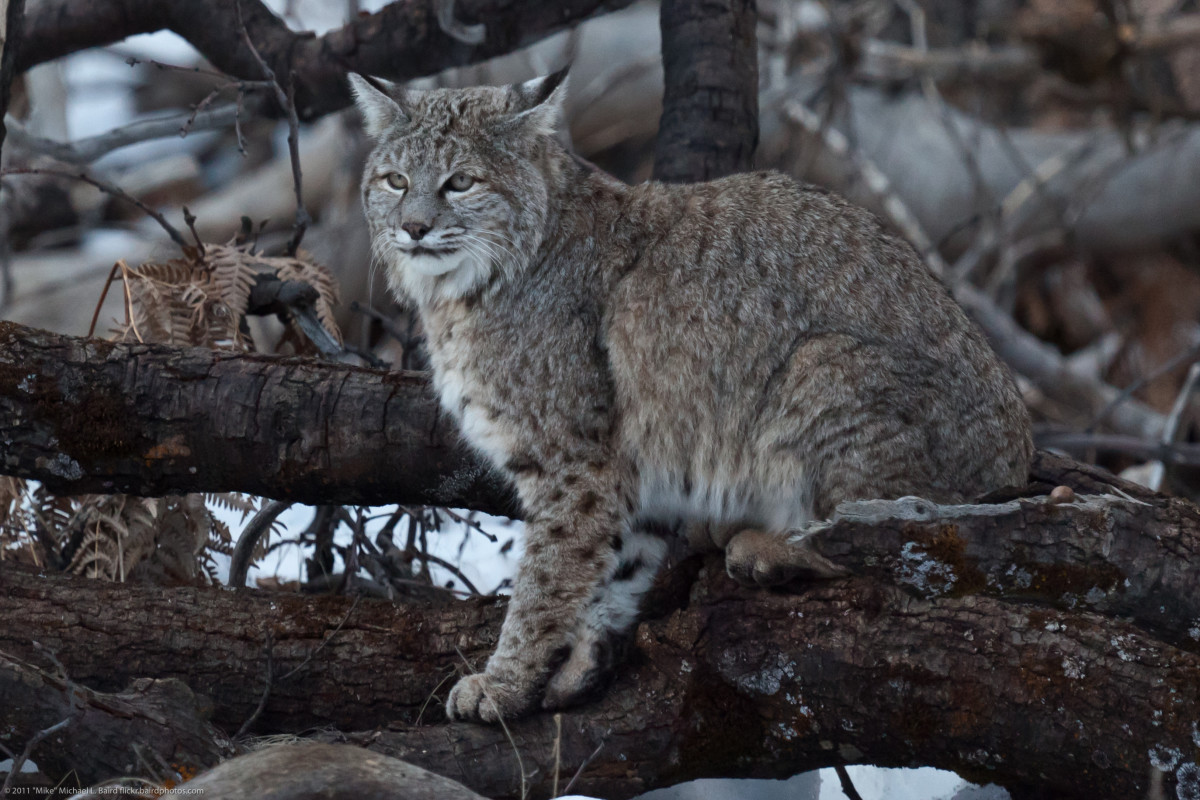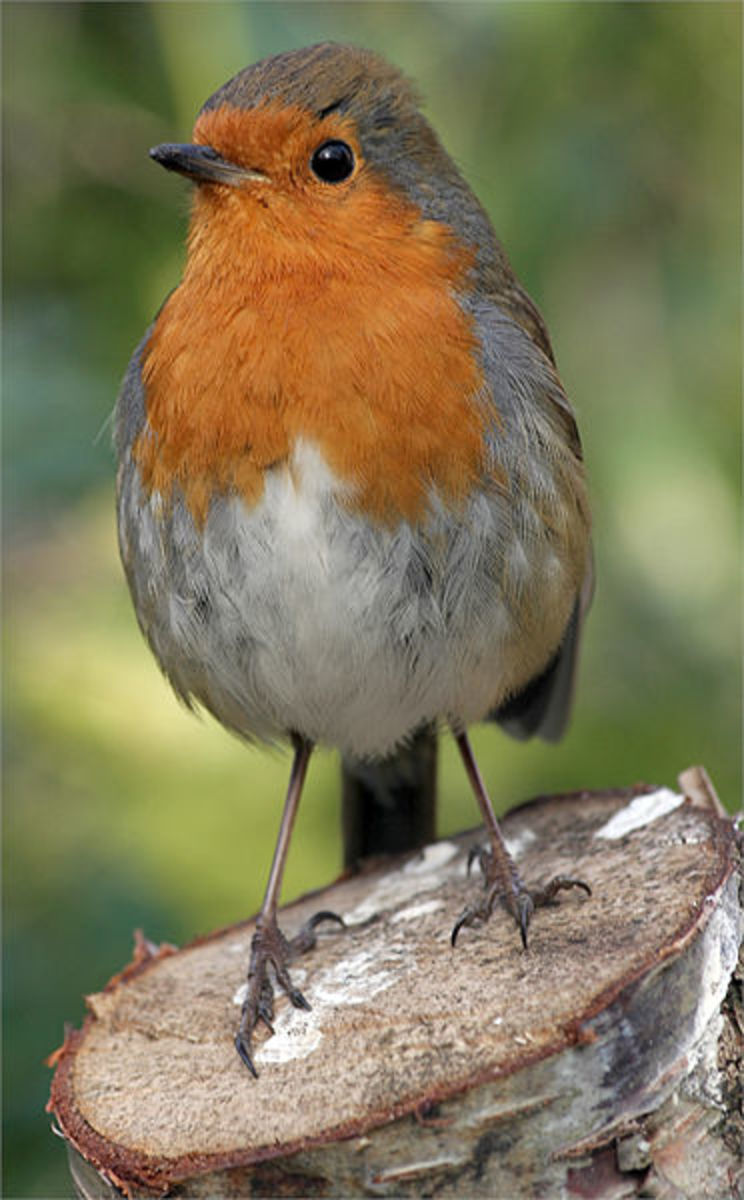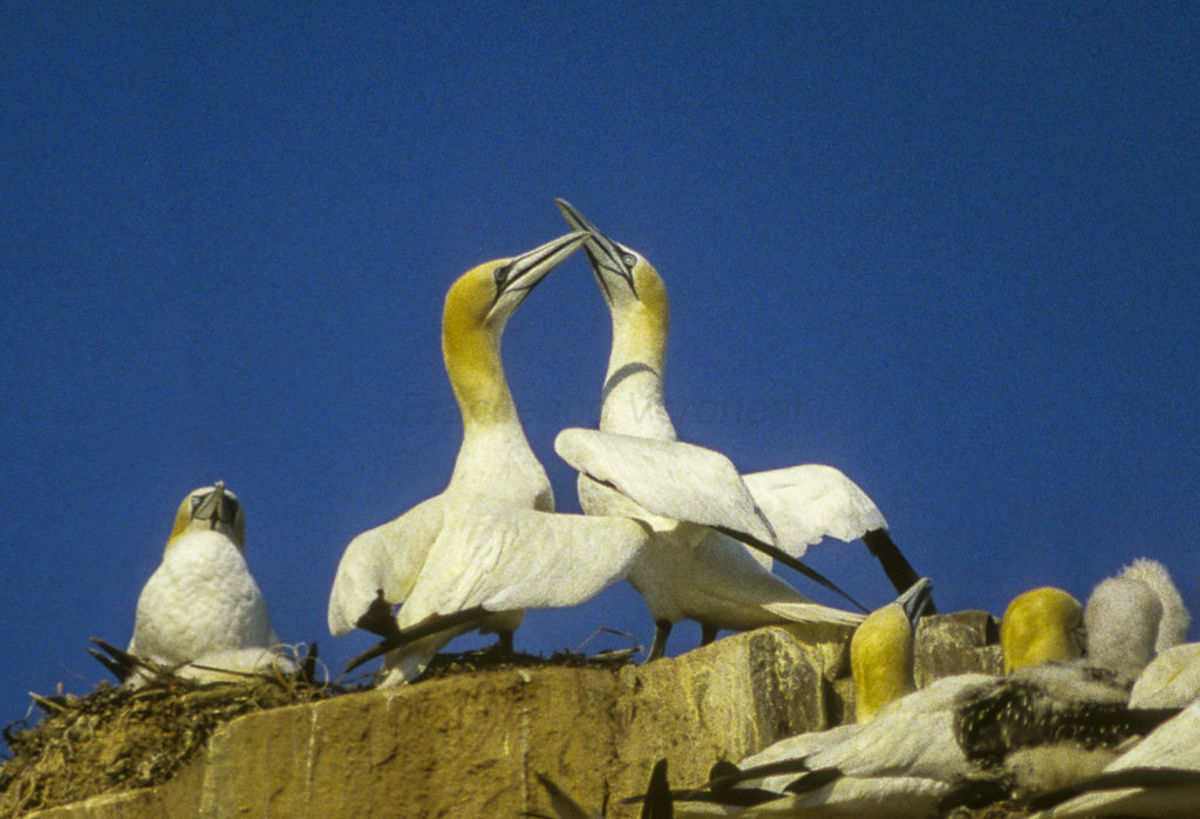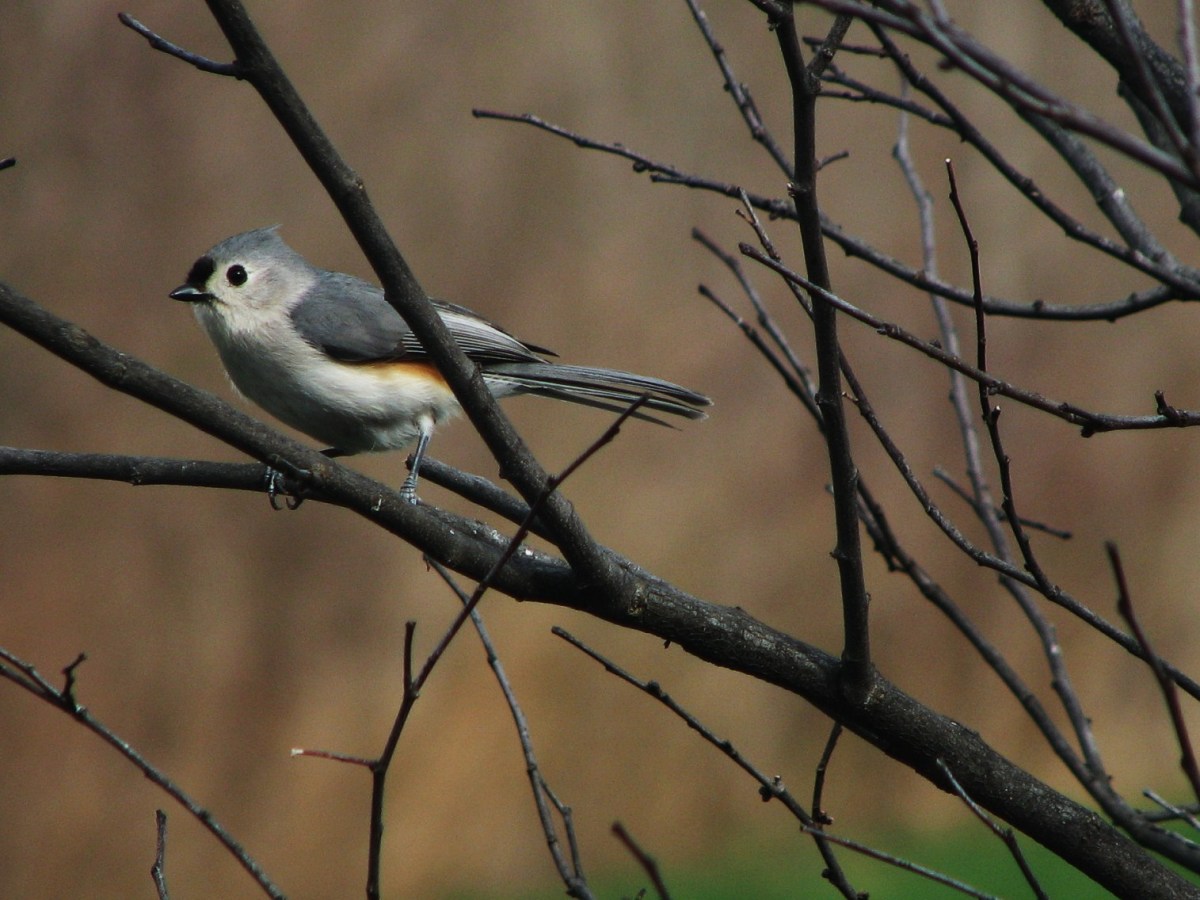Adelie Penguin
Scientific Name: Pygoscelis adeliae
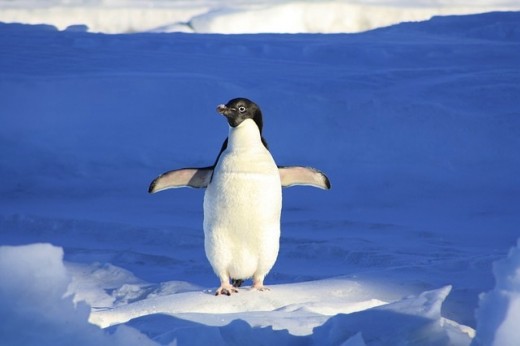
Adelie Penguin Description
Many people get a good laugh out of the body design of the Adelie Penguin. This species definitely looks like it could use going on a diet. The fact that it is short and round also contributes to the awkward way in which it moves around slowly on land. They are much more graceful in the water where they spend plenty of their time. They are noted as the smallest of all penguins when it comes to their weight though and their height.
They have the traditional tuxedo look for their bodies with the black backs and white down the front. They also feature some markings that once you learn of them you will be able to identify this species anywhere. First, they have rings of white that you will notice around their eyes. They also feature white on the tip of the bill. Take a close look at their beak and you will see that it is red and features a black tip. They have extremely long tails that help to balance them out.
Interesting Links
- Penguin Facts, Emperor Penguins, Adelie Penguins, King Penguins
Penguin Facts and Information. Feeding, habitat, distribution, reproduction, anatomy and more. Facts about Species like the Emperor Penguin, King Penguin, Humboldt Penguin and many others. - Adélie Penguin facts
Facts and Information about Adélie Penguin. Adélie Penguin Description, Behavior, Feeding, Reproduction, Adélie Penguin threats and more.
Adelie Penguin Anatomy
An Adelie Penguin is about 15 pounds when it is fully grown. That isn’t very much but due to the fact that they are only about 30 inches tall they look heavier than they really are. They have extremely strong and powerful feet so that they can have complete control as they move along the ice. Otherwise they would slip all the time and injure themselves. They do make moving along in such regions seem like a piece of cake.
Adelie Penguin Evolution
It is speculated that Adelie Penguins became a separate species due to being separated from other colonies when icebergs broke as well as shifted in their previous locations. As a result they began to adapt to the environment that they were in for their survival. This is one reason why they have distinct colors that others don’t. There has been DNA tests done on fossils more than 6,000 years old.
These tests seem to indicate such a theory is correct, that they are decedents of other species of penguins. It is also speculated that the Adelie Penguin was once a bird that could fly. Due to their need to get food from the water though they began to evolve and their wings became adaptable for the water rather than for flying. Only time will tell if these theories are correct or if there is more to the story that we haven’t discovered yet.
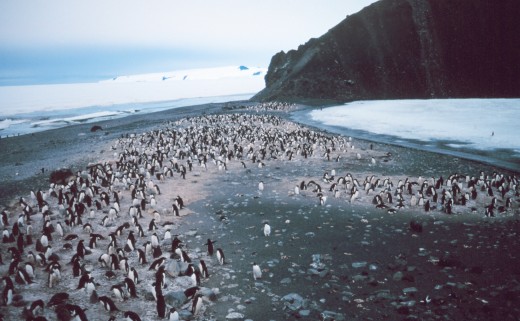
Ocean Life
- Facts about Polar Bears
Polar Bear Facts and Information. Feeding, habitat, distribution, reproduction, anatomy and more. Also, the conservation efforts made to preserve Polar Bears and how humans have interacted with Polar Bears. - Manatee Facts
Manatee Facts and Information. Feeding, habitat, distribution, reproduction, anatomy and more. Facts about Species like the West Indian Manatee, Amazonian Manatee and others. - Types of Sea Lions - Sea Lion Facts and Information
The Steller Sea Lion is the largest of them all and lives in the Northern Pacific, especially around Alaska.
Adelie Penguin Behavior
The behaviors of the Adelie Penguin are fun to watch. They are known to be amusing due to sliding on their bellies and it seems like they are playing most of the time. Most people don’t realize though that they use those moves to help them move along the ice and to conserve their energy. They are very social animals and they live in very large colonies.
They have sub colonies within them where they will move from one group to another at different stages in their lives. The sounds that they use to communicate are on different frequencies which allows them to hear those that they need to and tune out the rest of them.
Adelie Penguin Habitat/Distribution
These penguins are found in the coldest regions of the world, the Antarctic. The majority of them live on Ross Island and spend time in the Ross Sea. They are free for the most part from humans being around due to how cold it is there. However, many tourists do come out in boats to observe them in their natural habitat.
Pygoscelis adeliae
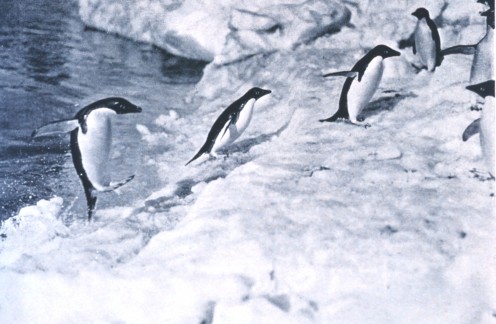
- Facts and Information about Dolphins
Facts about Dolphins, Information about Bottlenose Dolphins, Pink Dolphins. Dolphin Information
Adelie Penguin Diet/Feeding Habits
Most of the time they will feed upon krill which is quite plentiful. They aren’t picky though when it comes to their food sources. If they come across silverfish, small squid, and various crustaceans they will consume them without a second thought. They consume as much food as they can in the summer so that they can store the fat to live on in the winter. Without it, there is no possible way that they can survive.
The Adelie Penguin is a very versatile hunter which is why they tend to be able to get the food they need most of the time. They will consume what is towards the top of the water first. When that isn’t available they will dive up to 600 feet in order to find it. They are also know to travel a very long distance in a single day for food, up to 100 miles so that they can get all they need. They generally will search for food in groups for their own protection.
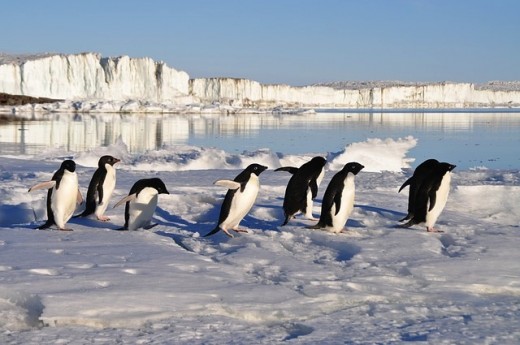
Related Sites
- Leopard Seal - Seal Facts and Information
The Leopard Seal is the second largest of all seals out there. They are very strong animals and they tend to take over the areas where they reside.
Adelie Penguin Reproduction
One of the reasons why they have to consume food to store fat for the winter is so that they can make the very long journey to the breeding grounds. There they will find 38 colonies that join up for the mating season. The pairs will go off and create a nest that they will use to place the egg in. They don’t seem aggressive when it comes to finding a mate but can when it comes to finding enough sticks, rocks, and other materials to create a good nest.
It takes a couple of months before the egg will hatch, and during that span of time the pair will take turns looking for food and sitting with the egg to protect it and to offer it warmth from their own bodies. After the young are born they get fed food from the parents so that ritual of taking turns with the young and getting food continues.
The travels back to the original location of the colony is one that is long and difficult for the young. Only the strong will be able to make it back. A high number of them end up dying on this adventure when their lives have only began. Once back to their home, they will continue to be fed by the parents. This is because they can’t enter the water for a few months when the oils for their feathers has come in.
Adelie Penguins
- Facts about Pollution | Effects of Pollution
Pollution Facts and Information. Effects of Pollution in the Environment
Adelie Penguin Predators
The Adelie Penguin also has many predators that tend to consume a large number of their young. They have them on land as well as in the water so there isn’t a completely safe place for them to be. The skua is always after any eggs or young that are left alone and this often occurs if the one parent with it can’t hold out any longer to get food before the other parent has returned.
The Leopard Seal is always in the water watching and watching for them. This penguin is a common source of food for them. They are very aggressive when it comes to catching and killing them. Even when the penguins are walking on the ice these predators can break through them to reach these animals.
Another predator in the water is the Killer Whale. They will consume anything they can get and it often ends up being plenty of penguins out there. Humans pose plenty of problems for them as well. Due to humans polluting the water and global warming about 65% of the population has died in the past 25 years. So even though there are 5 million of them now, their numbers are at risk of drastically dropping if we don’t take action now.

